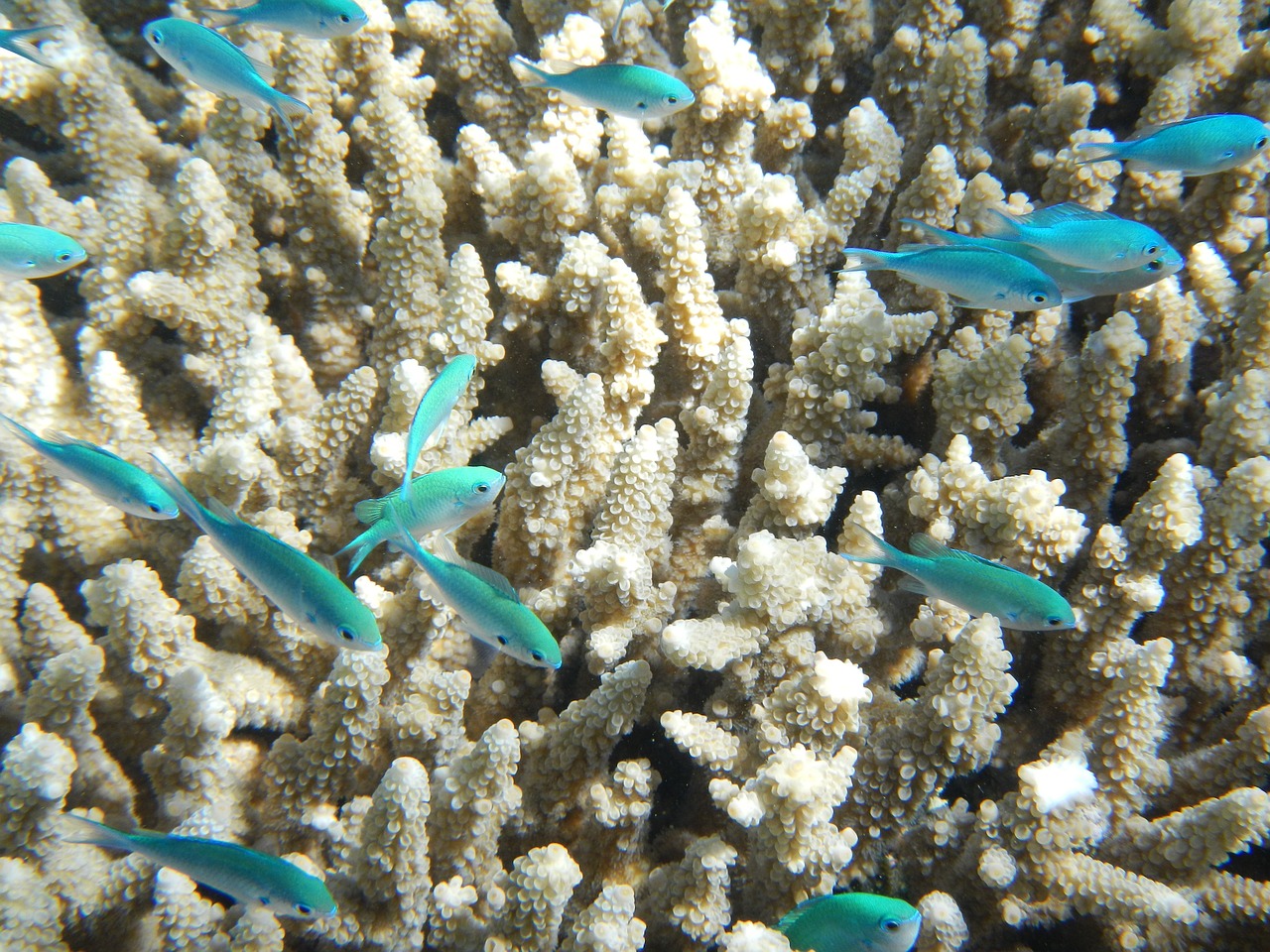Media release
From:
Scientists identify rare combined climate event as trigger for the 2016 South Pacific heatwave
Science Advances
A new study attributes the extreme South Pacific Ocean heatwave of 2016 to a rare, combined atmospheric event. An eastward-moving climate mode called the Madden Julian Oscillation (MJO) entered a suppressed phase. At the same time, an amplified El Niño caused ocean temperatures to rise 1.5 degrees Celsius, leading to widespread environmental stresses on fish, corals, and regional marine ecosystems. From January to February 2016 during the Southern Hemisphere’s summer, the Southwest Pacific Ocean experienced an extreme El Niño event and a massive heatwave. The 2016 heatwave lasted 24 days, peaking on February 10, causing widespread coral bleaching and fish die-off. The heatwave’s appearance was abnormal, because El Niño usually cools the Southwest Pacific. Cyril Dutheil and colleagues investigated the cause of this unexpected heatwave, using ocean model simulations combined with observations of atmospheric climate conditions. They found that unusually strong shortwave radiation and decreased heat loss from high air humidity and low wind speeds triggered the heatwave. They traced these factors to a rare combined event: an MJO phase that suppressed convection and winds in the southwestern Pacific, and an extreme El Niño event that shifted convection to the north, leading to further suppression of convection. “Climate change likely impacted the characteristics of this event as our target region has experienced a long-term warming trend of [~0.2°C per decade] over the last three decades,” Dutheil et al. add.



 Pacific
Pacific



